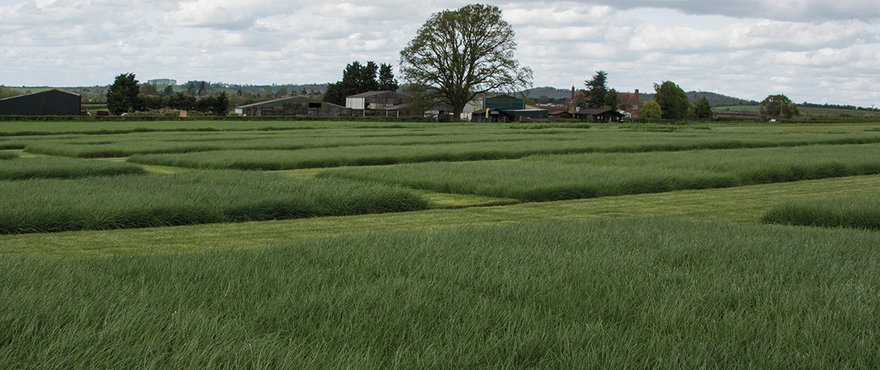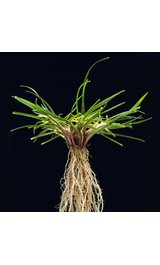Species: Lolium Perenne
Officially listed in: England and Wales, Scotland and Republic of Ireland
Heading dates: England & Wales 2nd June; Scotland REE 46; R.O.I. 3rd June
Ploidy: Diploid
Bred in: Northern Ireland
Most suited to: Any medium - long term grazing and / or cutting ley where spring growth is vital
Digestibility
Across the multiple geographical location, and throughout the year, Callan provides high quality forage from both silage and grazing management. Grazing D values are particularly good and the high early spring growth displayed by Callan requires cutting at the correct growth stage to ensure quality is maximised.
Other Attributes
Callan has excellent Mildew resistance (7.9) and a reasonable Crown Rust resistance of 5.8. It has excellent winter hardiness.
Being a diploid, you should expect an average of 600,000 seeds per kilogram and a slightly more prostrate growth habit. Callan therefore brings ground cover and a higher plant population than tetraploid counterparts to mixtures.
Before recommendation, Callan has been extensively trialled across almost 20 location in the British Isles to gather data on its performance in multiple climatic conditions.
Callan was bred in Northern Ireland at the Agri-Food and Biosciences Institute (AFBI) by the now retired grass breeder David Johnston. The variety was named after a northerly flowing river near the city of Armagh.
PERENNIAL RYEGRASS
DESCRIPTION: Dark green, densely or loosely tufted. Folded shoot and leaves.
FLOWERING HEAD: Flattened spike with the spikelets arranged alternately on opposite sides of the stem. The spikelets are stalkless with the narrow, rounded face fitting against the stem.
LEAF BLADE: Ribbed on upper surface, smooth and shiny underside. Red at base of stem.
AURICLES & LIGULE: Auricles are usually well developed, up to 1/12 of an inch (2 mm) long, or are sometimes lacking.



